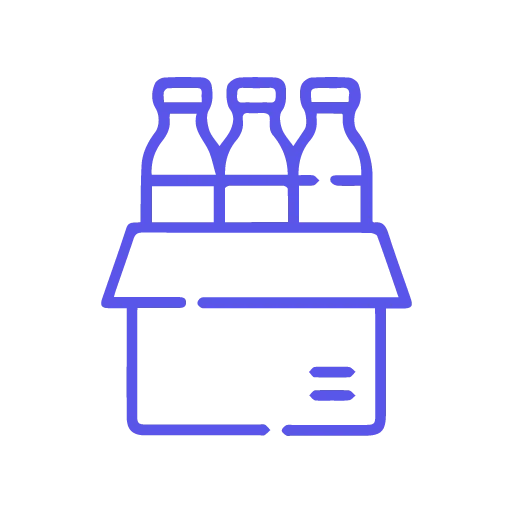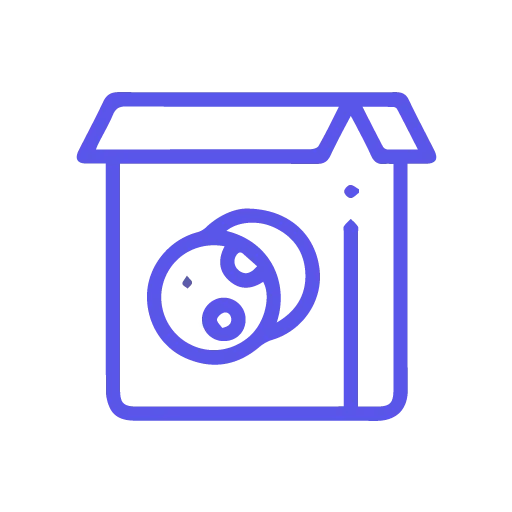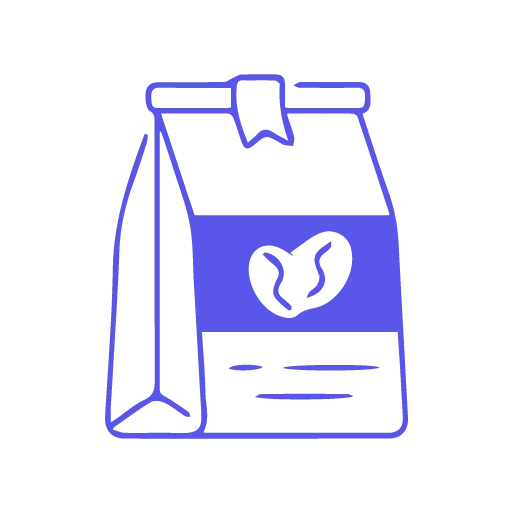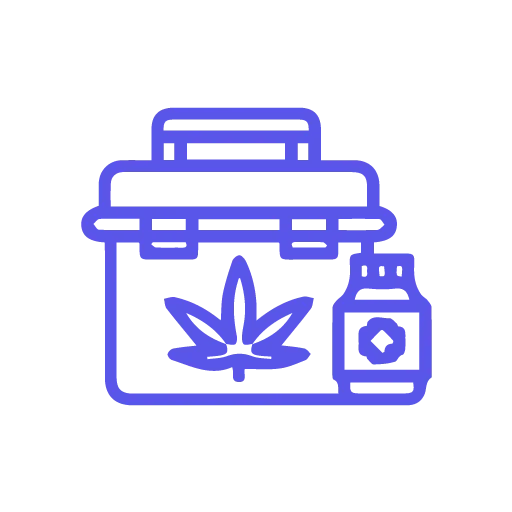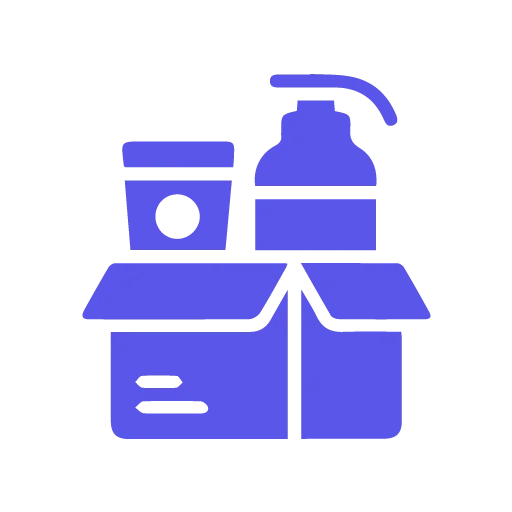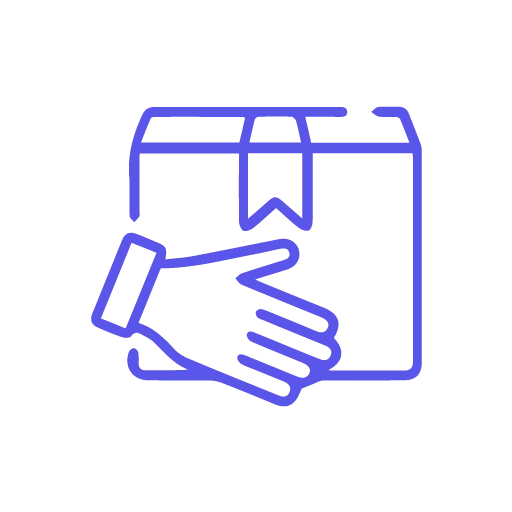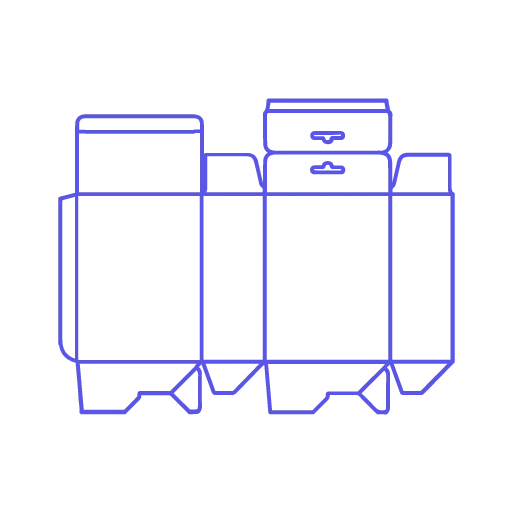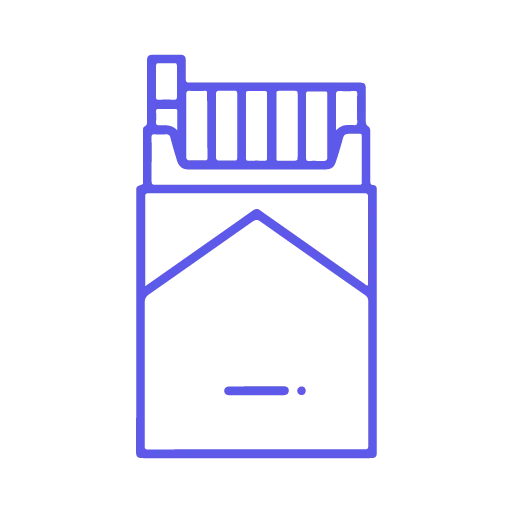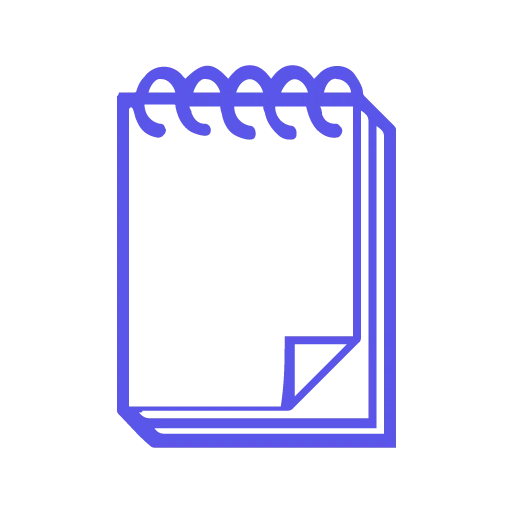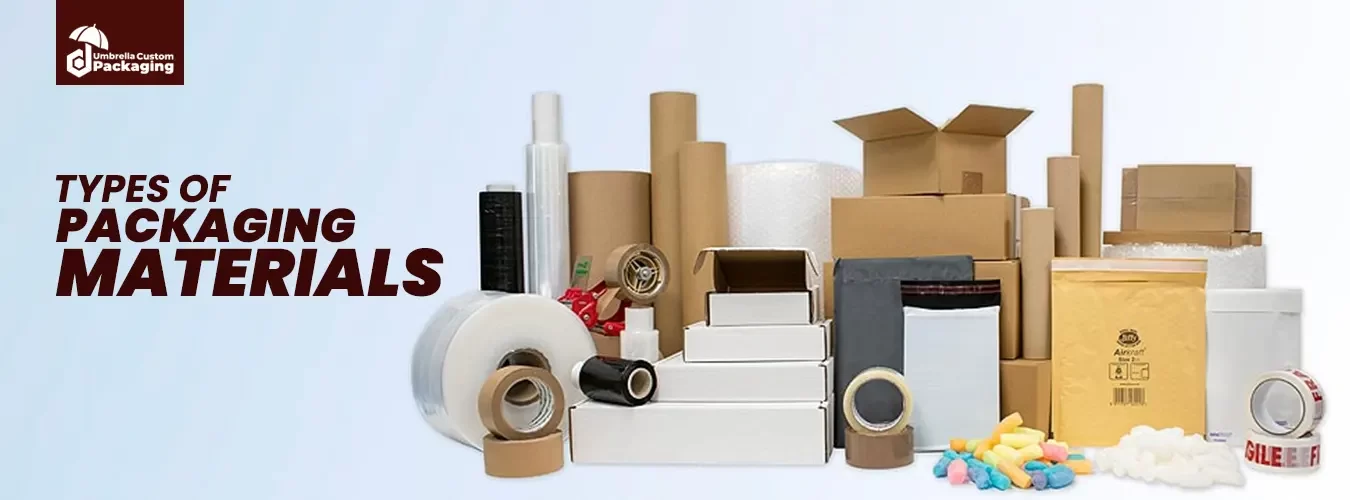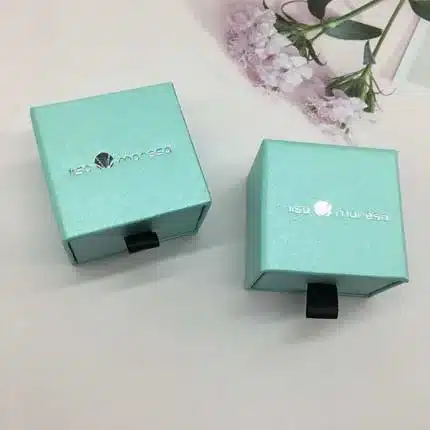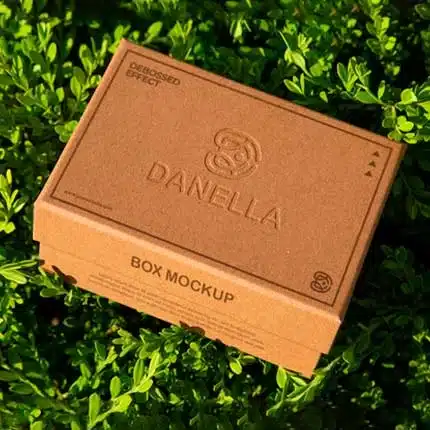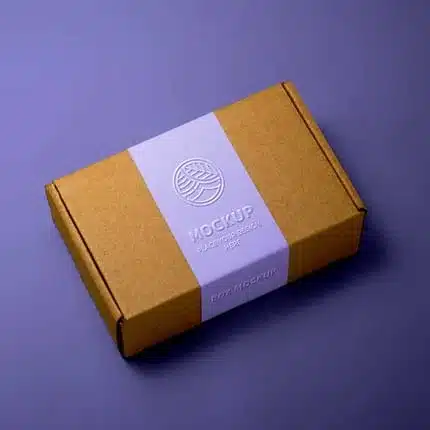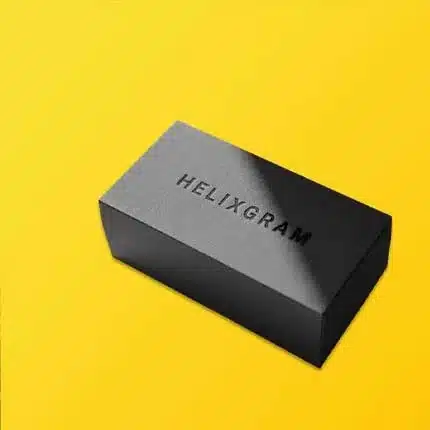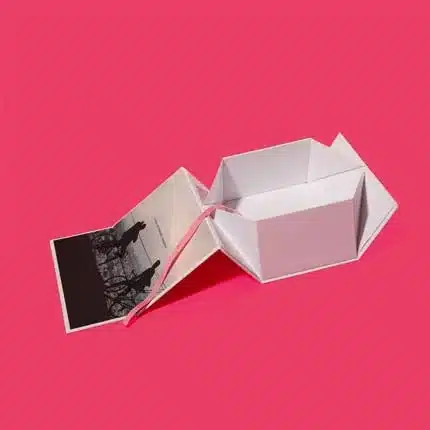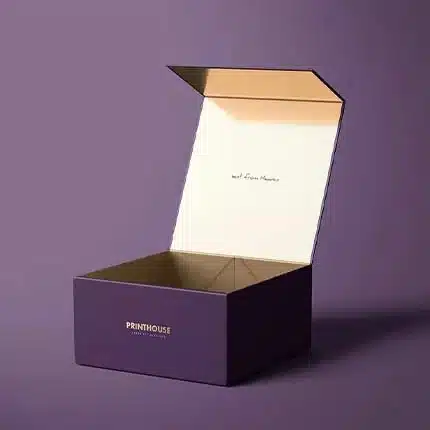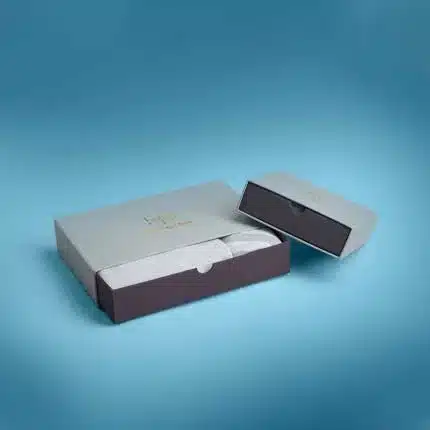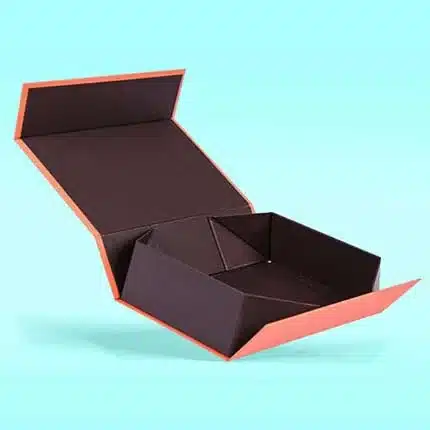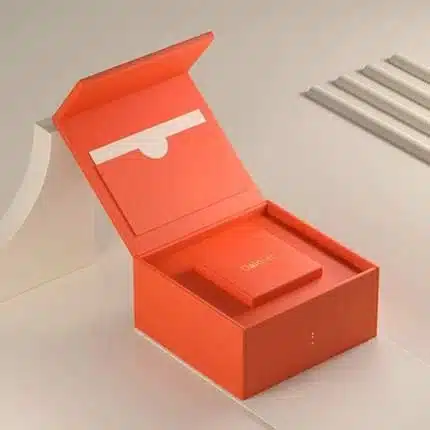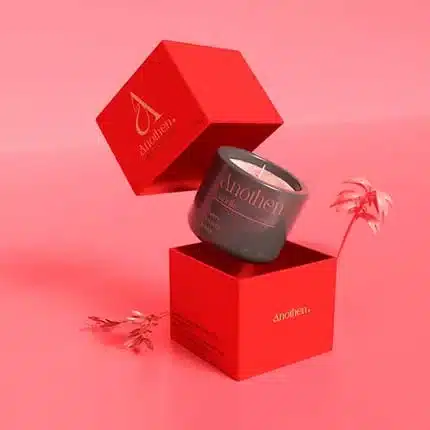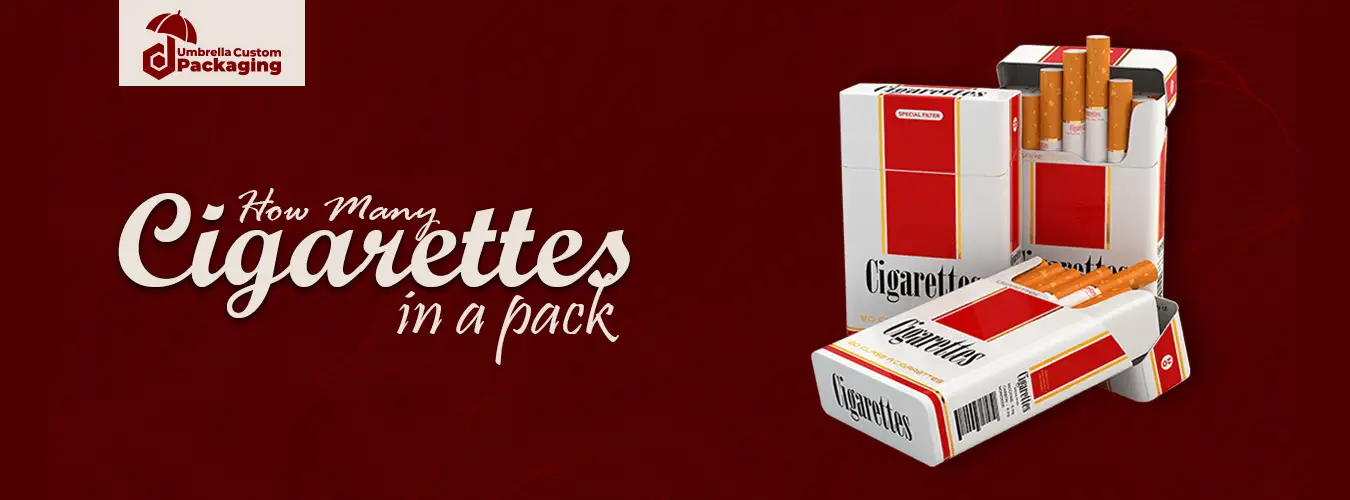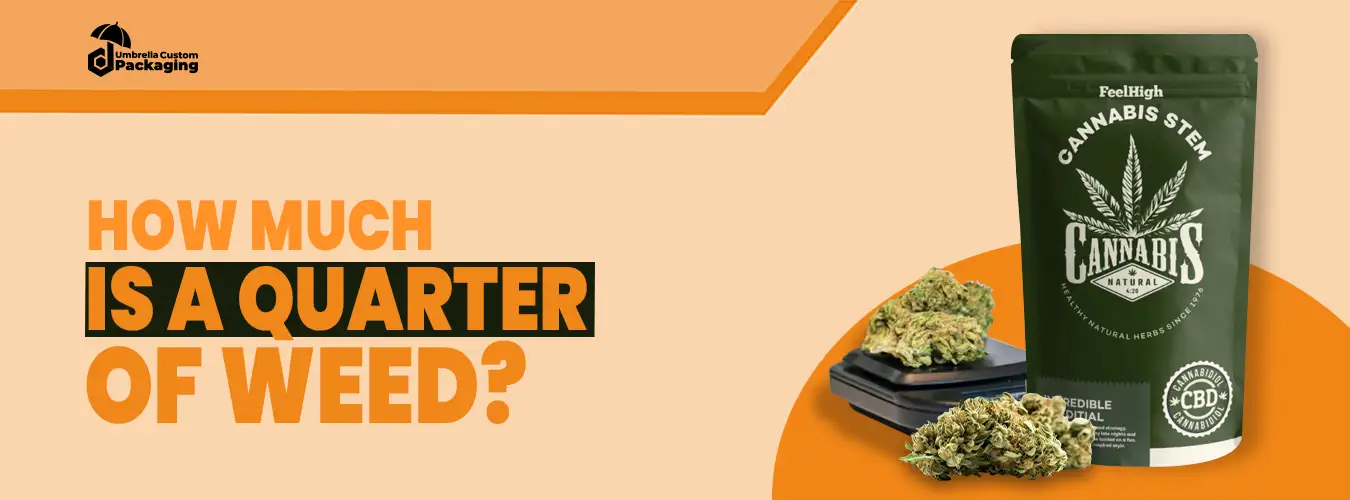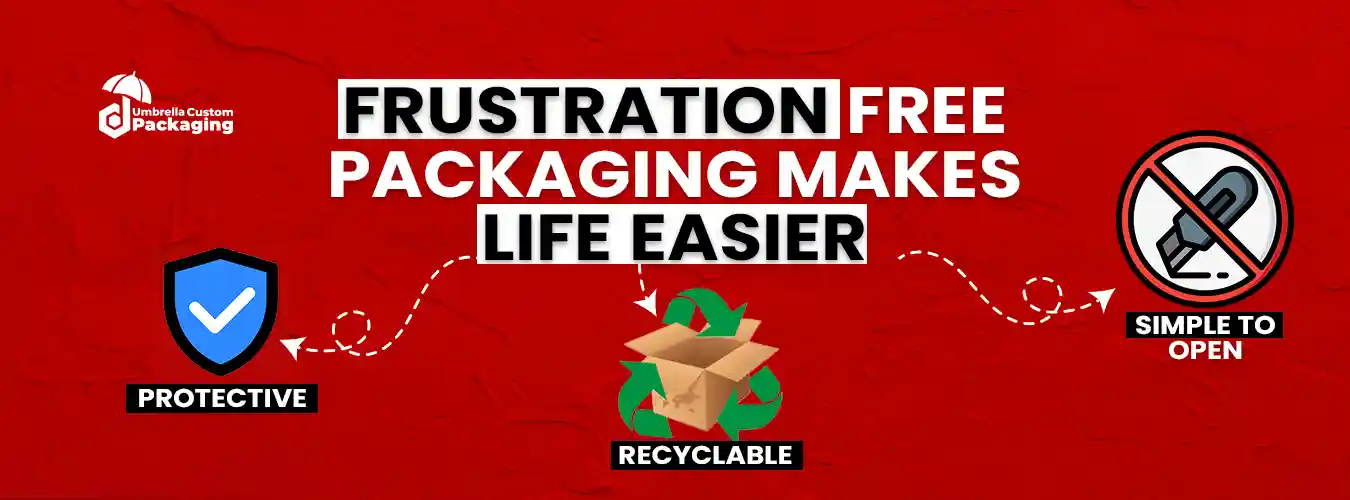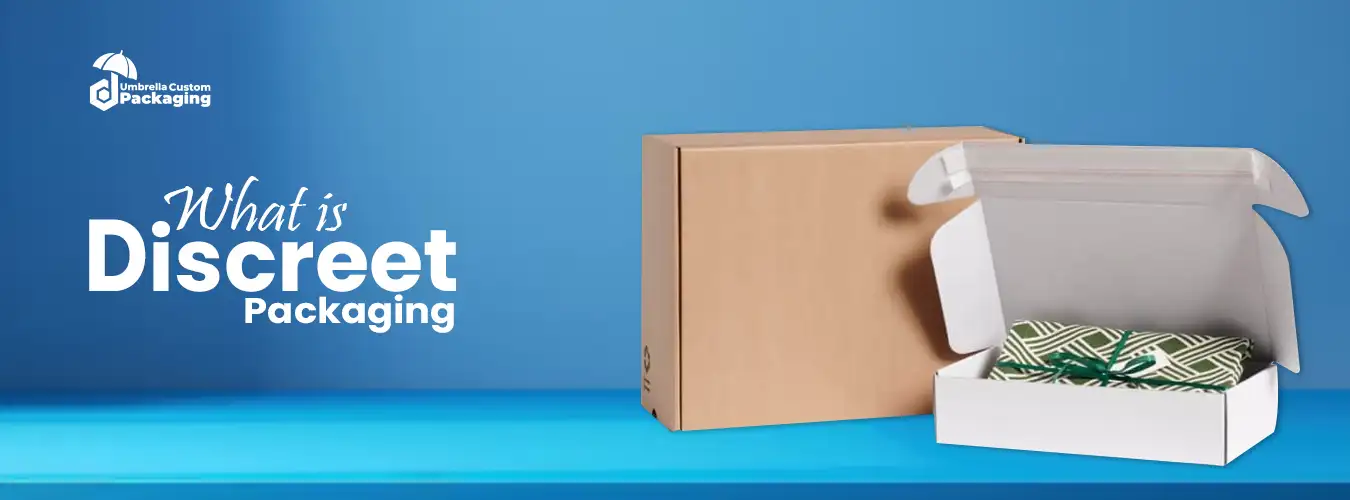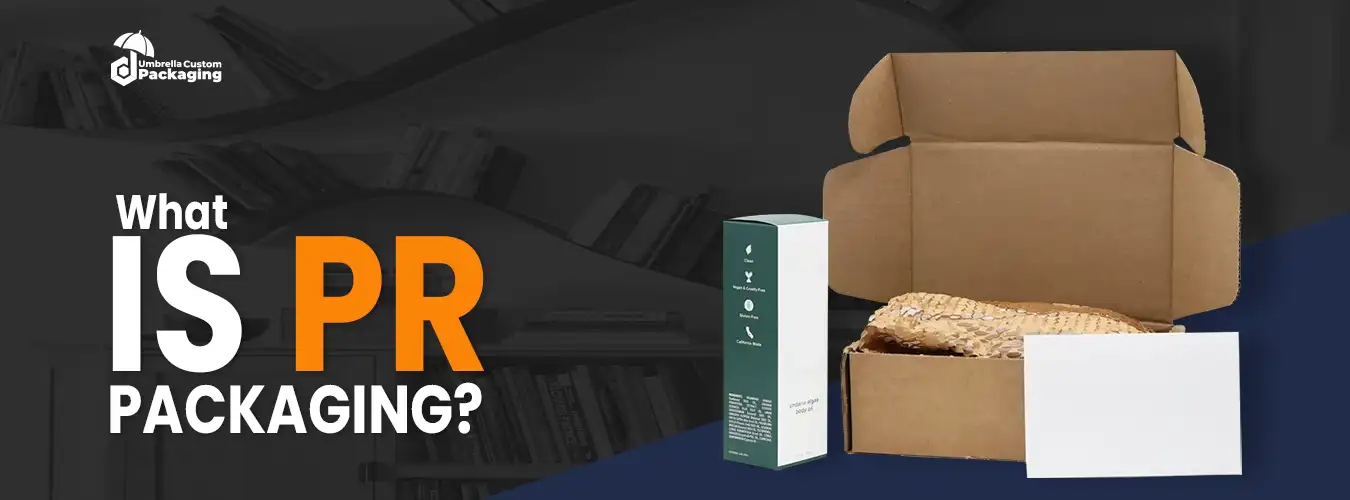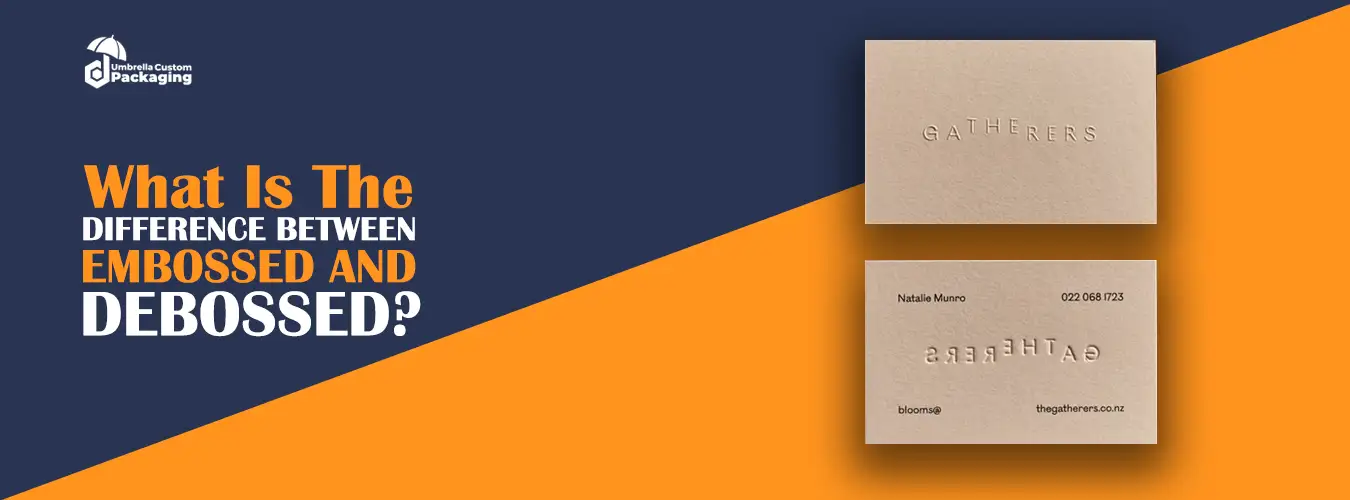Packaging is the process of wrapping or covering a product to protect it, make it easier to carry, and keep it safe. For example, it can be as simple as putting a sandwich in a plastic bag or as fancy as designing a beautiful box for a gift.
Moreover, packaging does more than just protect the product. It also makes things look attractive and provides useful information. For example, it can include labels that show the product name, ingredients, instructions, or even a fun design to grab your attention. Most importantly, whether it’s a bottle, box, bag, or wrapper, packaging plays an important role in making products safe, fresh, and easy to use!
Rigid Boxes
Rigid boxes are strong and sturdy packaging materials made from thick cardboard or paperboard. People use them to protect delicate or expensive items like phones, jewelry, or fancy chocolates. Unlike regular boxes, rigid boxes don’t bend or fold easily, so they keep their shape even when you carry them. For example, when you buy a new watch or smartphone, the rigid box keeps it safe from bumps or damage. These boxes also look fancy and feel special, which is why they are often used for gifts.
Companies add bright colors, shiny logos, or even ribbons to make them more attractive. You might notice rigid boxes in stores that sell luxury items because they make the product look more valuable. These boxes are not only reusable but also eco-friendly if you recycle them properly. So, the next time you see a strong and stylish box, you’ll know it’s a rigid box keeping the item inside safe and sound!
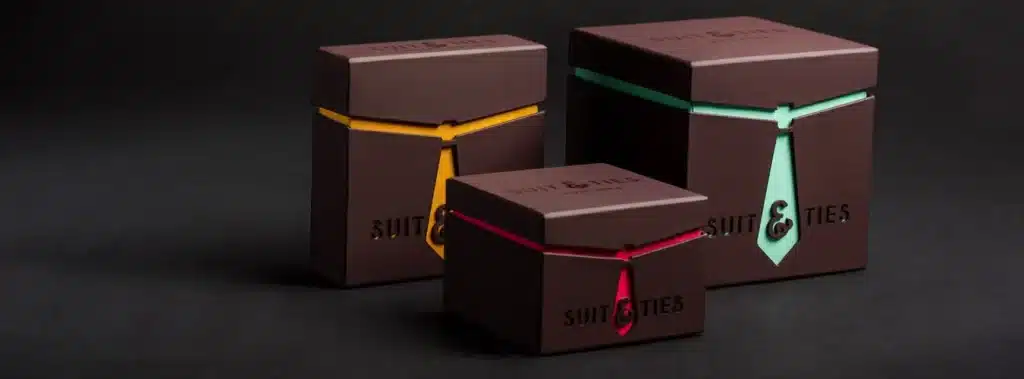
Paperboard/ Cardboard
Paperboard is a thick and sturdy type of paper used for packaging many everyday items. It is lightweight but strong, which makes it perfect for boxes like cereal cartons, toy packaging, or even shoe boxes. People love using paperboard because it can be easily folded into different shapes and printed with colorful designs. For example, when you buy a box of cookies, the paperboard helps keep the cookies fresh while showing an attractive design on the outside.
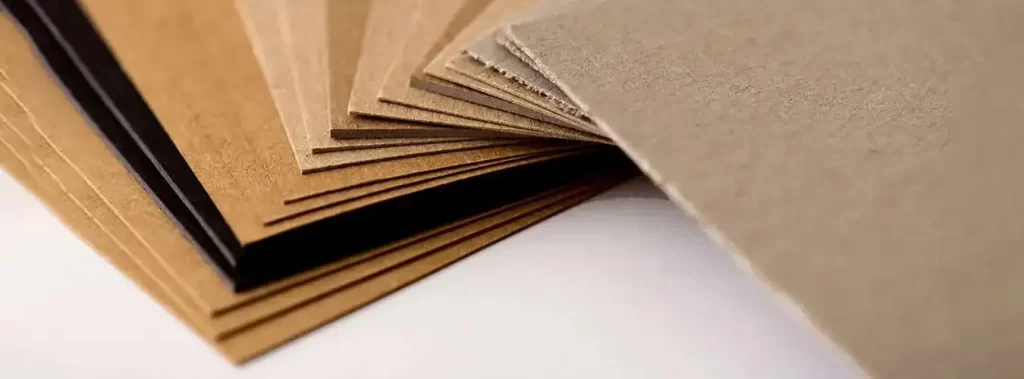
Another reason paperboards are so popular is that they are eco-friendly. You can recycle it to make new boxes, which helps reduce waste and protect the environment. It’s also very versatile, as it can be used for food packaging, gift boxes, or even small containers for electronics. So, the next time you see a sturdy, printed box, remember it’s probably made of paperboard, working hard to keep the item inside safe and secure!
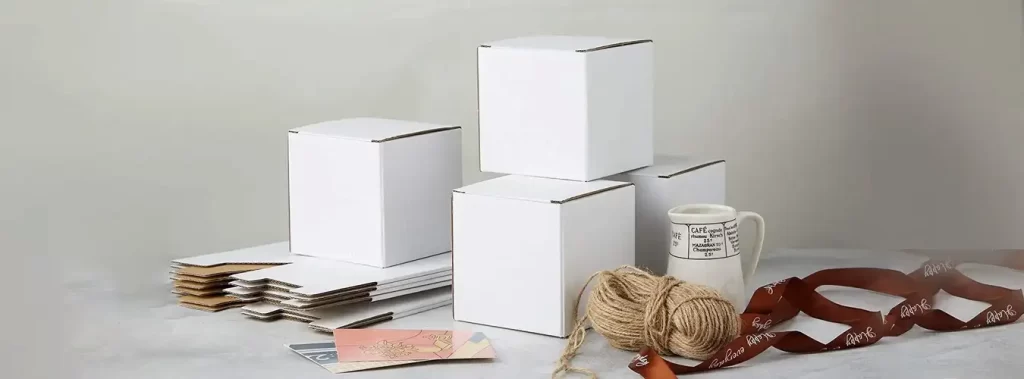
Corrugated Cardboard
Corrugated cardboard is a super-strong and durable type of packaging material made up of three layers. The middle layer has a wavy pattern, called fluting, which helps make the cardboard sturdy and able to handle heavy items. This packaging material is commonly used to make shipping boxes, like the ones that deliver packages to your home. For example, when you order a toy or a book online, it often comes in a corrugated cardboard box that keeps it safe during the journey.
One of the best things about corrugated cardboard is that it’s both lightweight and protective. It cushions items inside and prevents them from breaking or suffering damage. You can also recycle it and reuse it to create new boxes, which makes it a great choice for the environment. Whether you use a big moving box or a small package for a gift, corrugated cardboard keeps things safe and secure!
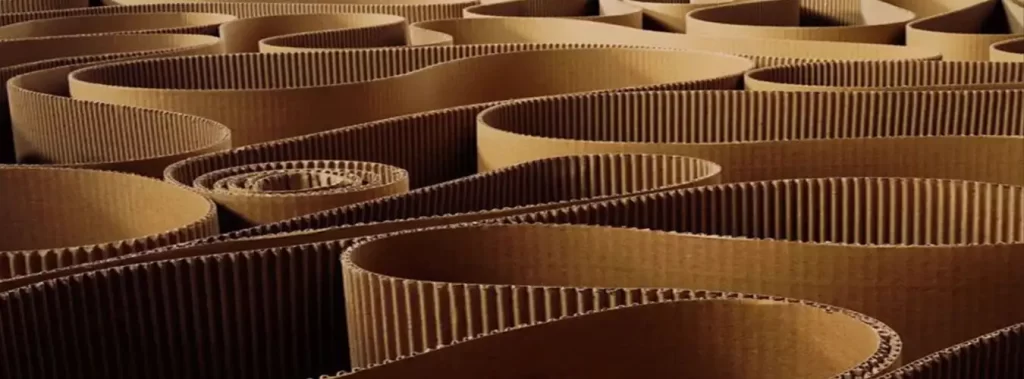
Kraft Paper
Kraft paper is a strong and durable type of paper made from wood pulp. It has a rough texture and is usually brown in color, though it can also come in other shades. People use kraft paper for packaging, wrapping, and even making bags. It’s popular because it’s tough, lightweight, and eco-friendly. Many companies use it to wrap products like gifts or food because it can handle heavy items without tearing easily.
In addition to being strong, kraft paper is also recyclable and biodegradable. This makes it a great choice for businesses and customers who care about the environment. Since it’s made from natural materials, it breaks down easily and doesn’t pollute the planet. Whether used for shipping boxes, craft projects, or shopping bags, kraft paper offers a sustainable and practical option for many everyday uses.
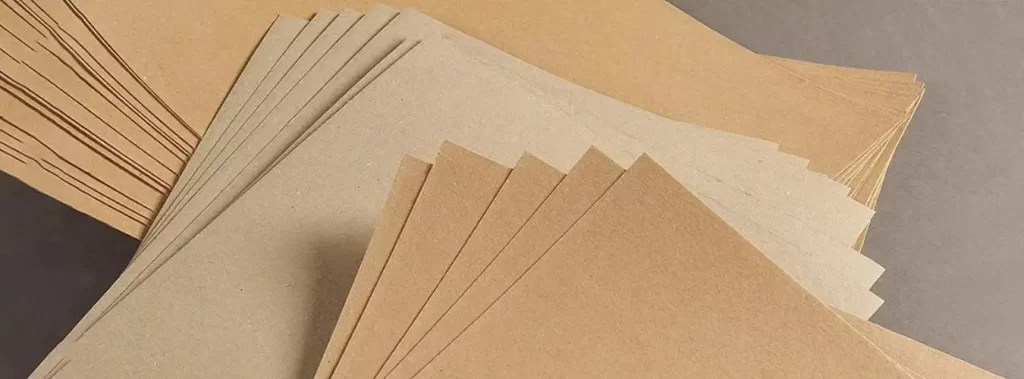
Styrofoam
Styrofoam is a lightweight material that people often use to package fragile items like glass or electronics. Its soft texture absorbs shocks, protecting items from breaking when dropped. For example, when you buy a TV or a new computer, you’ll find Styrofoam inside the box to keep it safe during shipping. In addition, Styrofoam is also used to make disposable cups and plates because it can keep food warm or cold. However, since it’s not great for the environment, people try to use it less or recycle it when possible.
Bubble Wrap
Bubble wrap is a fun and protective packaging material covered in small air-filled bubbles. These bubbles create a soft cushion that protects fragile items like glassware, picture frames, or dishes. For instance, if you’re moving to a new house, wrapping delicate items in bubble wrap prevents them from cracking or breaking. Moreover, many people love popping the bubbles for fun, but it’s important to remember that bubble wrap can be reused to reduce waste. Therefore, it’s both practical and enjoyable to use bubble wrap when packing fragile items.
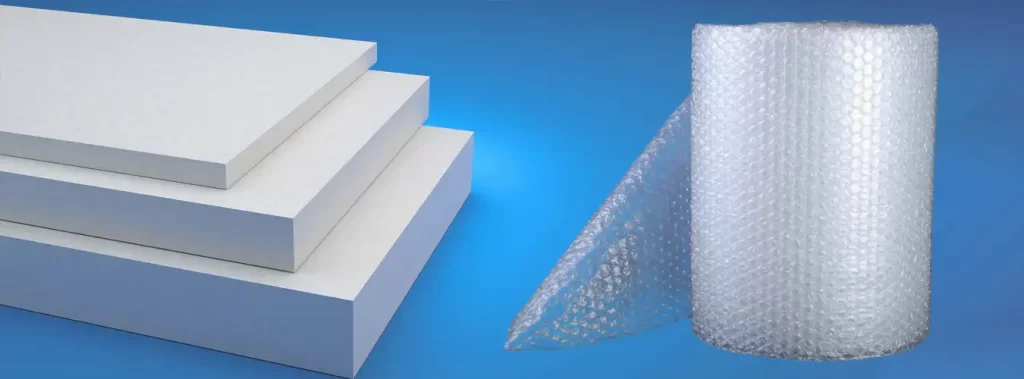
Paper Bags
Paper bags are lightweight and easy-to-use packaging materials made from paper. They are perfect for carrying items like groceries, books, or small gifts. For example, when you go shopping, many stores provide paper bags for your items. Additionally, paper bags are biodegradable, which means they break down naturally and don’t harm the environment. However, they are not very strong, so they might tear if you put heavy items inside. Despite this, they are a great eco-friendly option for short-term use, especially when you need something simple and lightweight.
Cotton Bags
Cotton bags are reusable and durable, making them a fantastic alternative to plastic or paper bags. These bags come from natural cotton fibers, making them strong enough to carry heavy items like fruits, vegetables, or clothes. For instance, when you go to the market, you can use a cotton bag to avoid single-use plastic. Moreover, cotton bags are washable, which means you can use them many times, making them even better for the environment. Although they might cost more than paper bags, their long-lasting nature makes them a smarter and greener choice in the long run. Therefore, cotton bags are an excellent option for those who want to reduce waste and save money over time.
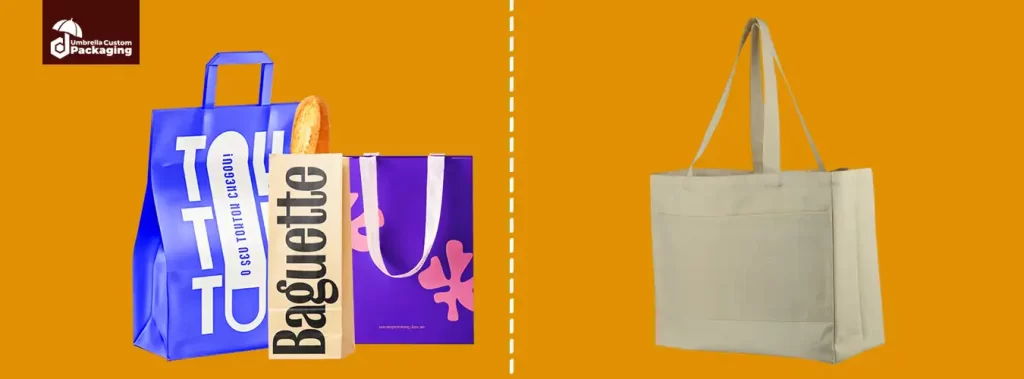
Polyethylene Bags
Polyethylene bags are made from a type of plastic called polyethylene, which is strong and flexible. These bags are often used in stores for groceries or for packaging items like clothes and toys. For example, when you go shopping, you might get your items in a polyethylene bag. They are lightweight, easy to carry, and can hold many things without breaking. However, polyethylene bags are not good for the environment because they don’t decompose easily. Therefore, many people try to reuse them or recycle them to reduce waste.
Plastic Packaging
Plastic packaging serves a wide range of products, including food, electronics, and personal care items. Its flexibility and lightweight nature make it ideal for creating various shapes and sizes. For example, manufacturers use plastic bottles to store water or juice, while plastic wrappers protect snacks like chips, keeping them fresh and safe. Although plastic is useful and keeps products safe, it can take a long time to break down in nature, which harms the environment. As a result, many people are switching to alternatives like glass, paper, or biodegradable plastics. Recycling plastic is essential to help reduce waste and protect the planet.
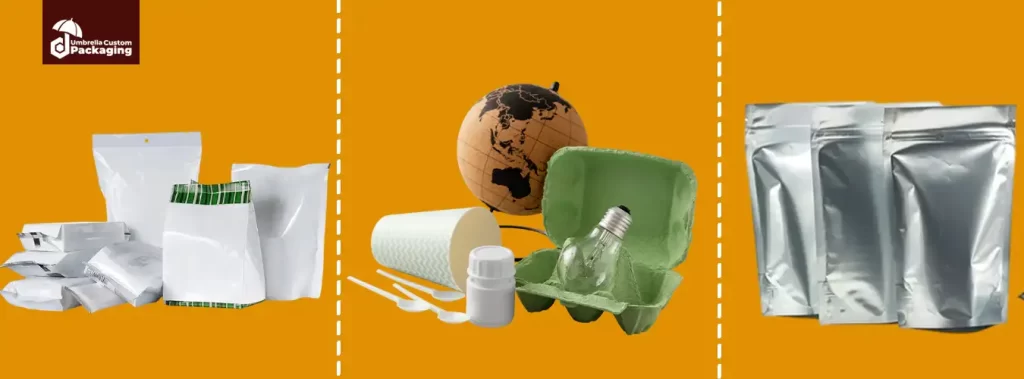
Aluminum Packaging
Aluminum packaging is a shiny and lightweight material that protects food, drinks, and medicines. For example, manufacturers make soda cans, aluminum foil, and food trays from aluminum. Its strength and versatility make it ideal for keeping items fresh and secure. Aluminum is great at keeping things fresh because it blocks air, light, and moisture. As a result, it helps preserve the flavor and quality of food for a long time. Additionally, aluminum can be recycled many times, making it an eco-friendly choice when reused properly. Despite its benefits, it’s important to recycle aluminum correctly to avoid pollution.
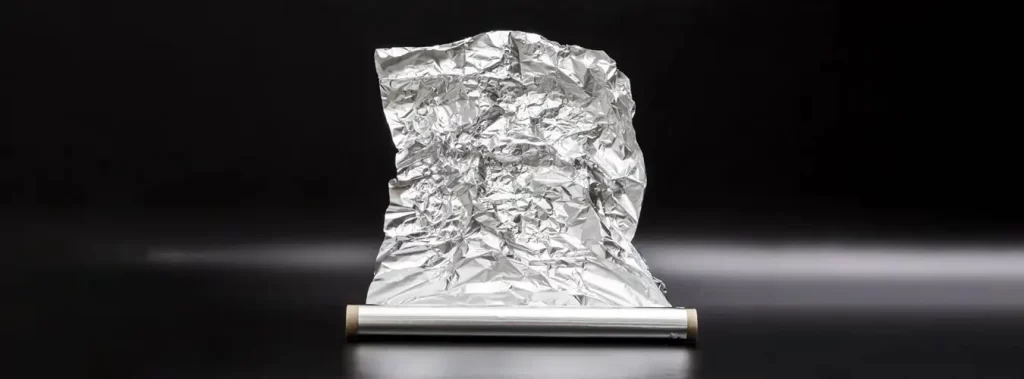
Stretch Films
Stretch film is a type of plastic wrap that tightly stretches around products to keep them secure during transport. It is usually clear and stretchy, which allows it to tightly wrap around items like pallets of goods, boxes, or furniture. For example, when you buy a big shipment of supplies, they might be wrapped in stretch film to keep everything in place. Stretch film is great for protecting products from dust, dirt, and moisture. Moreover, it’s easy to apply and helps keep things organized, but it is important to recycle it properly to reduce its impact on the environment.
Shrink Films
Shrink film is a plastic material that tightly wraps around a product when heat shrinks it. People often use it for packaging items like bottles, toys, or food containers. For instance, when you buy a pack of bottled water, the shrink film holds the bottles together and keeps them safe. Heat makes the film snug, providing protection and creating a tight seal. Shrink films offer an excellent way to display the product clearly while keeping it secure. However, users must recycle them properly to reduce waste and protect the environment.
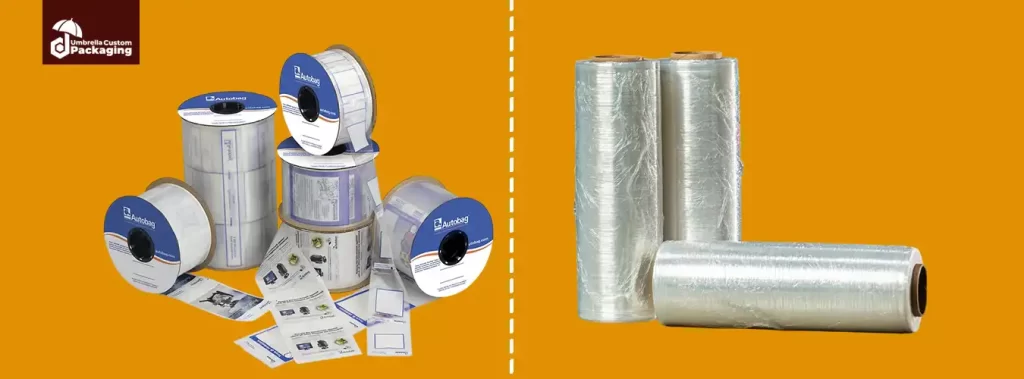
Pouches
Pouches gain popularity because they are lightweight, save space, and are easy to carry. For example, juice often comes in pouches with an attached straw, making it convenient to drink while on the go. Additionally, manufacturers seal pouches tightly, which helps preserve the product’s freshness for a longer time. Many pouches also support recycling, offering a more eco-friendly choice compared to other types of packaging.
The Importance of Packaging: Protecting Products and the Planet
Packaging is very important because it protects the things we use every day. For example, packaging keeps food fresh, stops delicate items from breaking, and makes products easier to carry. In addition, packaging keeps items clean by preventing dirt, dust, and germs from getting inside.
Packaging also makes products look attractive and easier to use. For instance, colorful packaging catches your attention in a store and helps you choose what you want. Furthermore, it often provides important information, like ingredients, instructions, or expiry dates, so you know more about the product. Most importantly, packaging can help keep the environment safe if we choose eco-friendly materials and recycle them. Therefore, packaging plays a big role in keeping things safe, fresh, and convenient for everyone!
Final Thoughts
To sum up, packaging is important in our everyday lives. It helps keep products safe, fresh, and easy to carry. Whether it’s a strong box, a recyclable paper bag, or a plastic wrap, the right packaging protects items and makes them look more attractive. It also gives us helpful information, like how to use a product or when it expires. Choosing eco-friendly materials and recycling can help take care of the planet too. In the end, packaging is not just about keeping things safe, but also about making better choices for both the products and the environment.
Custom Packaging Solutions for Your Products
At Umbrella Custom Packaging, we often deal with many types of items in custom packaging. Custom packaging helps keep products safe during shipping and storage. It is designed to fit each item perfectly, making sure that it is not damaged or loses its shape.
If you are looking for custom packaging for your products, feel free to contact us. We can help you find the best packaging solution for your items, ensuring they are protected while also looking attractive.


